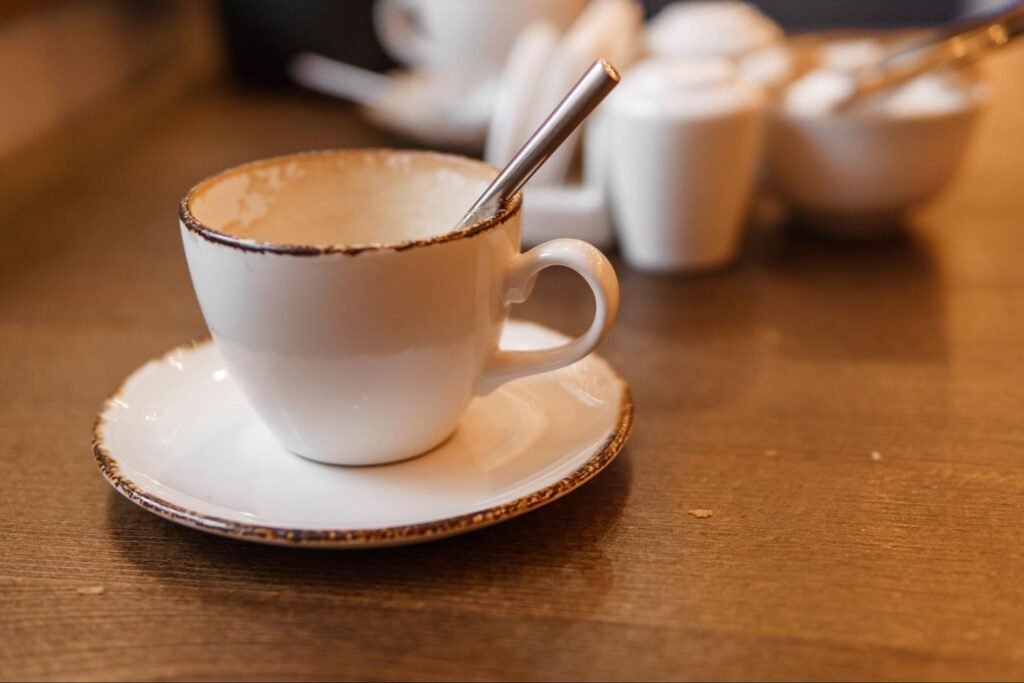
Artisanal Rituals for a Memorable Customer Experience
How can brands create a more balanced and memorable customer experience by blending artisanal product quality with thoughtful everyday rituals that keep people coming back?

The journey to a perfect cup of coffee doesn’t end with quality beans and proper roasting—it extends to how those beans are ground. Proper grinding techniques are essential in extracting the full flavor potential from coffee beans while minimizing bitterness. The best practices for grinding coffee beans can transform an ordinary morning brew into an exceptional sensory experience.
Research shows that coffee enthusiasts who focus on grinding consistency and appropriate grind size for their brewing method enjoy significantly smoother, less bitter results. When beans are ground to the optimal coarseness or fineness, they release balanced flavors rather than harsh compounds. It’s a critical step that bridges the gap between high-quality beans and the perfect cup—one that maintains the delicate flavors developed during careful roasting instead of destroying them in the final preparation phase.

Proper coffee grinding transforms quality beans into exceptional brews by controlling extraction rates. Coffee grounds with consistent particle size extract evenly, releasing balanced flavors instead of over-extracting some particles while under-extracting others. This consistency directly affects three critical aspects of coffee quality:
The difference between properly ground coffee and poorly ground beans is immediately noticeable in the cup. High-quality beans like those from Equipoise Coffee benefit most from proper grinding techniques. Their premium beans, roasted to temperatures that preserve internal flavors rather than roasting them out, deliver smoother, less bitter coffee when ground correctly.
Coffee experts recognize that grinding is the critical bridge between bean quality and brewing method. With the right grind, coffee enthusiasts experience the full spectrum of flavors developed during careful roasting—creating that perfect balance of brightness, body, and sweetness that quality beans can deliver.
Coffee grind size significantly impacts flavor extraction and brewing quality. The size of your coffee particles determines how quickly water extracts the compounds responsible for aroma, flavor, and body in your final cup. Matching the right grind size to your brewing method is essential for achieving balanced, flavorful coffee.
Coarse grinds resemble sea salt or raw sugar with distinct, chunky particles. This grind works perfectly for brewing methods requiring longer steeping times, including French press, cold brew, and percolators. The larger particles slow water flow, preventing over-extraction that leads to bitterness. Equipoise Coffee’s specialty beans shine particularly well in coarse grinds for cold brew, where the extended extraction process highlights their complex flavor notes without introducing harshness. When properly ground to coarse consistency, coffee produces a clean cup with pronounced body and reduced acidity. For optimal results, the grounds should be uniformly sized while maintaining their chunky texture, allowing water to extract flavors gradually during the 4-5 minute immersion process typical with French press brewing.
Medium grinds display a texture similar to regular sand—finer than coarse but still offering some resistance between your fingers. This versatile grind size serves as the standard for traditional drip coffee makers, pour-over methods, and siphon brewers. The balanced particle size provides optimal extraction time as water passes through the coffee bed at a moderate rate. Equipoise Coffee enthusiasts often prefer medium grinds for their daily brew, as this size effectively captures the nuanced flavor profiles in premium single-origin beans. Medium grinds create well-rounded coffee with balanced acidity, body, and sweetness. The extraction typically occurs within 3-4 minutes, allowing enough time for essential oils and compounds to dissolve while preventing the bitter elements from dominating the cup.
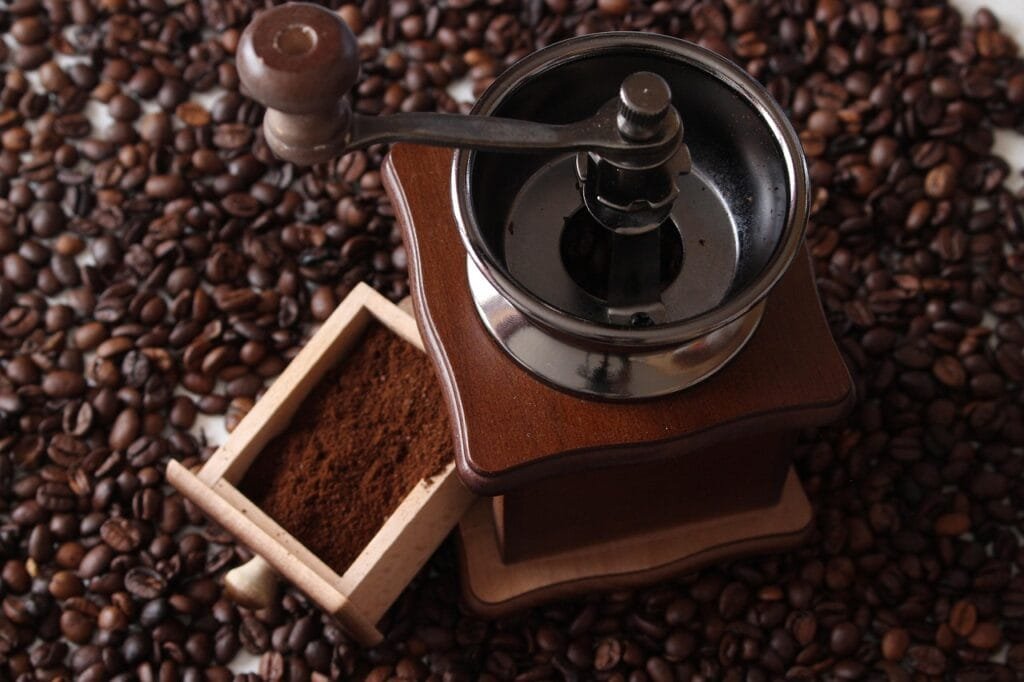
Fine grinds feel powdery like granulated sugar or table salt but retain some minimal texture. This grind size excels in espresso machines, AeroPress (with shorter brew times), and Moka pots where water contacts the grounds briefly but intensely. The smaller particles increase surface area, accelerating extraction and producing rich, concentrated coffee with pronounced body and crema in espresso preparations. Equipoise Coffee’s artisanal blends reveal their full complexity when ground finely, showcasing bright acidity alongside deep chocolate and caramel notes. The fine grind creates resistance to water flow, building necessary pressure in espresso machines to extract oils and soluble compounds in 20-30 seconds. When examining fine grounds, they should appear consistent with no visible large particles that would create channeling during extraction.
Extra fine grinds possess a powder-like consistency similar to flour or powdered sugar. This ultra-fine texture works exclusively for Turkish coffee, where grounds remain in the final beverage. The powder-like particles dissolve almost completely during the brewing process, creating a distinctively rich, concentrated cup with a unique mouthfeel. Equipoise Coffee’s darkest roasts perform exceptionally well at this grind level, as the intensified extraction highlights their robust flavor profiles and natural sweetness. The brewing process for extra fine grounds typically involves multiple gentle boilings in a special pot called a cezve, allowing the grounds to settle between each heating. The resulting coffee displays maximum intensity with a silky texture and pronounced sweetness that balances the strong flavor—a complete sensory experience that demonstrates the remarkable versatility of premium coffee when matched with the appropriate grinding technique.
Selecting an appropriate coffee grinder significantly impacts your brewing results. The right grinder creates consistent particle sizes that extract flavors evenly, resulting in balanced, aromatic coffee with proper body and clarity. Different grinder types offer varying performance levels, features, and price points to match specific brewing preferences.
Blade grinders cut coffee beans using a spinning metal blade, similar to a blender. They produce inconsistent particle sizes, with some grounds too fine and others too coarse, leading to uneven extraction and subpar flavor. Despite their affordability and compact size, blade grinders create excessive heat during grinding, potentially damaging delicate flavor compounds.
Burr grinders crush beans between two abrasive surfaces (burrs), creating uniform grounds crucial for even extraction. These grinders come in flat or conical burr designs, with conical burrs generally producing less heat and noise. Premium burr grinders like those recommended by Equipoise Coffee professionals deliver exceptional consistency, allowing enthusiasts to unlock the full potential of specialty beans. The precision of burr grinders makes them essential for brewing methods requiring specific grind sizes, such as espresso or pour-over.
Manual grinders operate with a hand crank mechanism, offering portability, quieter operation, and connection to the coffee-making process. They’re perfect for travel, camping, or small kitchens, and often feature quality burrs at lower price points than electric alternatives. Manual grinding requires physical effort but provides granular control over grinding speed, reducing heat generation during the process.
Electric grinders provide convenience and speed, grinding beans consistently with minimal effort. They come in various sizes and capacities, from compact single-dose models to large commercial units with dosing features. Quality electric burr grinders include adjustment settings for precise grind size control essential for dialing in perfect extractions. Equipoise Coffee enthusiasts often prefer electric burr grinders for their consistency when brewing premium beans. Electric models typically offer features like timed grinding and dose control, creating a streamlined workflow for daily brewing routines.

Proper grinding techniques preserve the delicate flavors that develop during roasting. These practices ensure each cup captures the smooth, less bitter qualities that premium beans naturally provide when handled correctly.
Coffee grounds begin losing flavor compounds immediately after grinding, with oxidation affecting aroma and taste within minutes. Fresh grinding preserves volatile oils and aromatics that contribute to a rich flavor profile. Grinding beans immediately before brewing captures up to 60% more aromatic compounds compared to pre-ground coffee that’s been sitting for just 15 minutes. This practice maintains the bean’s natural sweetness and complexity while minimizing bitter compounds that emerge during extended exposure to air. Equipoise Coffee beans, carefully roasted to preserve natural flavors, benefit particularly from this approach, delivering their signature smooth taste profile only when ground moments before brewing. Store whole beans in an airtight container away from light, heat, and moisture, grinding only the amount needed for each brewing session.
Consistent particle size creates even extraction across all coffee grounds. Uneven grinds produce both under-extracted (sour, weak) and over-extracted (bitter, harsh) flavors simultaneously in the same cup. Regular maintenance of grinding equipment ensures burrs remain sharp and properly aligned, producing uniform particles that extract at the same rate. Clean grinders after every 1-2 weeks of use to remove oils and coffee dust that affect performance. Inspect burrs for signs of wear every 6 months, replacing when necessary. Equipoise Coffee’s premium beans reveal their full flavor spectrum only through consistent grinding, highlighting the delicate flavor notes that make each variety distinctive. Using a quality burr grinder with minimal heat generation further preserves flavor compounds that contribute to a smooth, balanced cup.
Different brewing methods require specific grind sizes to achieve optimal extraction. French press and cold brew methods need coarse grounds (sea salt texture) to prevent over-extraction during longer steeping times. Pour-over and drip coffee perform best with medium grounds (sand-like consistency), allowing water to flow through at the ideal rate. Espresso machines require fine grounds (sugar-like texture) for proper pressure-based extraction in 25-30 seconds. Adjusting grind size based on brewing time optimizes flavor extraction—finer for shorter contact methods, coarser for longer immersion techniques. Premium beans from Equipoise Coffee respond differently to various grind sizes, with proper matching enhancing their natural sweetness and reducing bitterness. For best results, make small adjustments to grind size when switching between beans of different roast levels, origins, or processing methods.
Even premium beans from Equipoise Coffee can’t deliver their full potential when ground improperly. Recognizing these common mistakes helps coffee enthusiasts extract maximum flavor without unwanted bitterness.
Inconsistent coffee grounds create uneven extraction, resulting in a cup that’s simultaneously over-extracted (bitter) and under-extracted (sour). This issue often stems from using low-quality grinders that produce particle sizes ranging from powder to chunks. Investing in a quality burr grinder creates uniform grounds that extract at the same rate, preserving the natural smoothness of premium beans.
Coffee grounds begin losing aromatic compounds immediately after grinding. Pre-grinding beans days or even hours ahead sacrifices the delicate flavors that make quality coffee exceptional. The oxidation process accelerates dramatically once beans are ground, leading to flat, stale flavors. Grinding immediately before brewing captures the full spectrum of flavors that quality roasters work hard to develop.
Matching grind size to brewing method is essential for proper extraction. Using too fine a grind for French press causes excessive bitterness and sediment, while grounds that are too coarse for espresso result in weak, under-extracted shots. Each brewing method has an optimal extraction time that corresponds to a specific grind size. Using the wrong size prevents water from interacting properly with the coffee particles, wasting the natural sweetness present in high-quality beans.
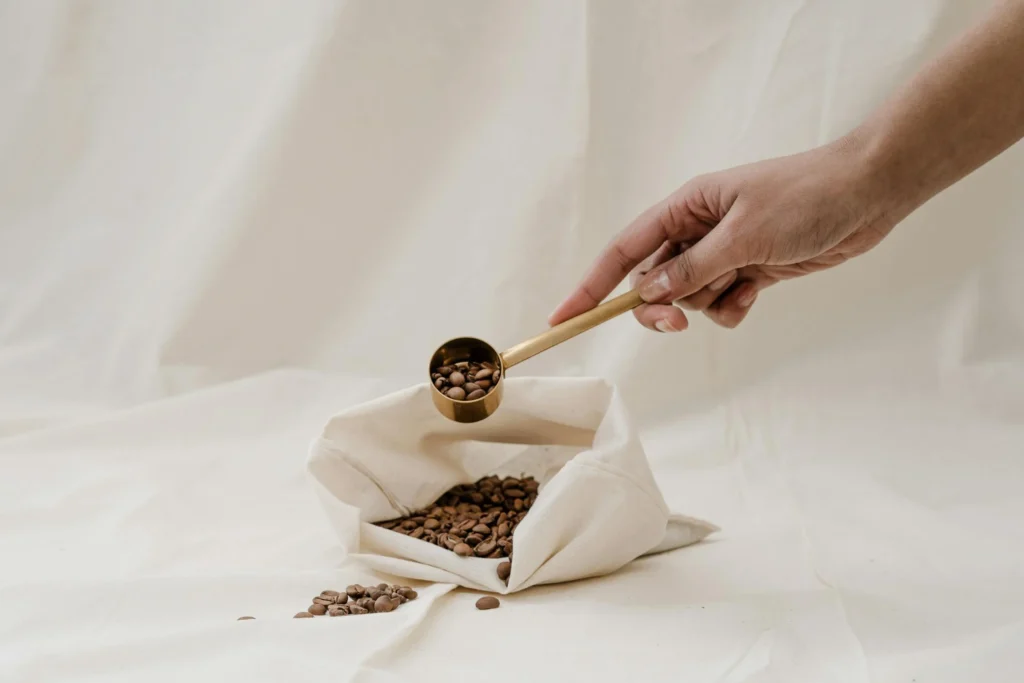
Proper storage preserves the exceptional flavor profiles in freshly roasted coffee beans. Premium beans, like those from Equipoise Coffee, maintain their smooth, less bitter characteristics when stored correctly. Follow these essential storage practices to maximize freshness:
Coffee beans need protection from their four main enemies: air, moisture, heat, and light. Store beans in opaque, airtight containers with one-way valves that allow CO2 to escape without letting oxygen in. Glass or ceramic containers with rubber seals work effectively for short-term storage, while specialized coffee canisters offer additional protection for premium beans.
Place coffee containers in a cool, dark spot away from direct sunlight, heating vents, and appliances that generate heat. A cabinet or pantry maintains consistent conditions for preserved flavor. Avoid refrigerators, which introduce moisture when opened regularly, potentially degrading the beans’ natural oils and compromising taste.
Purchase coffee in smaller amounts—typically a two-week supply—rather than buying in bulk. This approach ensures you’re always grinding freshly roasted beans. Even with perfect storage conditions, coffee begins losing aromatic compounds shortly after roasting, affecting the smooth, balanced flavors that quality-focused roasters like Equipoise develop through careful temperature control during the roasting process.
Grind coffee immediately before brewing, never in advance. Pre-ground coffee loses its distinctive aromas within minutes, significantly impacting flavor development during extraction.
Mastering the art of coffee grinding transforms your daily brew from ordinary to extraordinary. The right grind size matched to your brewing method creates balanced flavors while eliminating unwanted bitterness.
A quality burr grinder becomes an essential investment for coffee enthusiasts seeking consistency in their grounds. Remember to grind just before brewing to preserve those delicate aromatics that make premium beans special.
Proper storage complements your grinding technique by maintaining bean freshness. Together these practices unlock the full potential of specialty coffees like those from Equipoise.
With these grinding fundamentals mastered you’ll enjoy smoother more flavorful coffee that truly showcases the unique characteristics of your beans. It’s a simple yet transformative step in elevating your coffee experience.
Proper grinding is crucial because it directly affects extraction. Consistent particle size ensures water interacts evenly with coffee grounds, resulting in balanced flavors without sourness or bitterness. Good grinding preserves the delicate aromas developed during roasting and controls how quickly flavor compounds dissolve in water. With premium beans, correct grinding can significantly reduce bitterness while enhancing natural sweetness.
Burr grinders are significantly better than blade grinders for coffee. They produce uniform particle sizes crucial for even extraction and preserve flavor compounds. Burr grinders come in flat or conical designs, with conical typically offering more precision. While manual burr grinders provide excellent control and portability, electric burr grinders offer convenience and consistency that serious coffee enthusiasts appreciate.
Grind size controls extraction rate—how quickly flavor compounds dissolve in water. Coarse grounds (like sea salt) extract slowly, ideal for French press and cold brew. Medium grounds work best for drip coffee. Fine grounds (like sugar) are perfect for espresso, creating concentrated flavors. Using the wrong grind size results in either sour (under-extracted) or bitter (over-extracted) coffee.
Never grind coffee beans in advance if possible. Coffee begins losing volatile compounds immediately after grinding, with significant flavor loss within 15 minutes. Pre-ground coffee quickly becomes stale and flat-tasting. For maximum flavor, always grind immediately before brewing. If you must grind ahead, store grounds in an airtight container away from light and heat.
Properly ground coffee should have consistent particle size appropriate for your brewing method. Visually, particles should look uniform. When brewing, well-ground coffee extracts evenly—your coffee should taste balanced without overwhelming bitterness or sourness. Extraction time also indicates grind quality—too fast suggests too coarse, while too slow suggests too fine.
Store coffee beans in an airtight container away from air, moisture, heat, and light. Keep containers in a cool, dark location—not in the refrigerator or freezer, which can introduce moisture. Buy smaller quantities (2-week supply) rather than bulk amounts. Properly stored beans maintain freshness for 2-4 weeks after roasting, while pre-ground coffee loses quality within days.
No, different brewing methods require specific grind sizes. French press and cold brew need coarse grounds. Drip coffee makers work best with medium grinds. Espresso machines require fine grounds, while Turkish coffee needs extra-fine powder. Using the wrong grind size will result in poor extraction—either too weak and sour or too bitter and harsh.
Clean your coffee grinder at least every 1-2 weeks for regular users. Residual oils from coffee beans can build up and turn rancid, affecting the flavor of future batches. For burr grinders, disassemble according to manufacturer instructions and clean with a brush. For deeper cleaning, use specialized grinder cleaning pellets or a small amount of uncooked rice to absorb oils.

How can brands create a more balanced and memorable customer experience by blending artisanal product quality with thoughtful everyday rituals that keep people coming back?

Independent coffee shops have always been about more than caffeine—they’re hubs of creativity, connection, and care. As café culture continues to evolve, new trends are
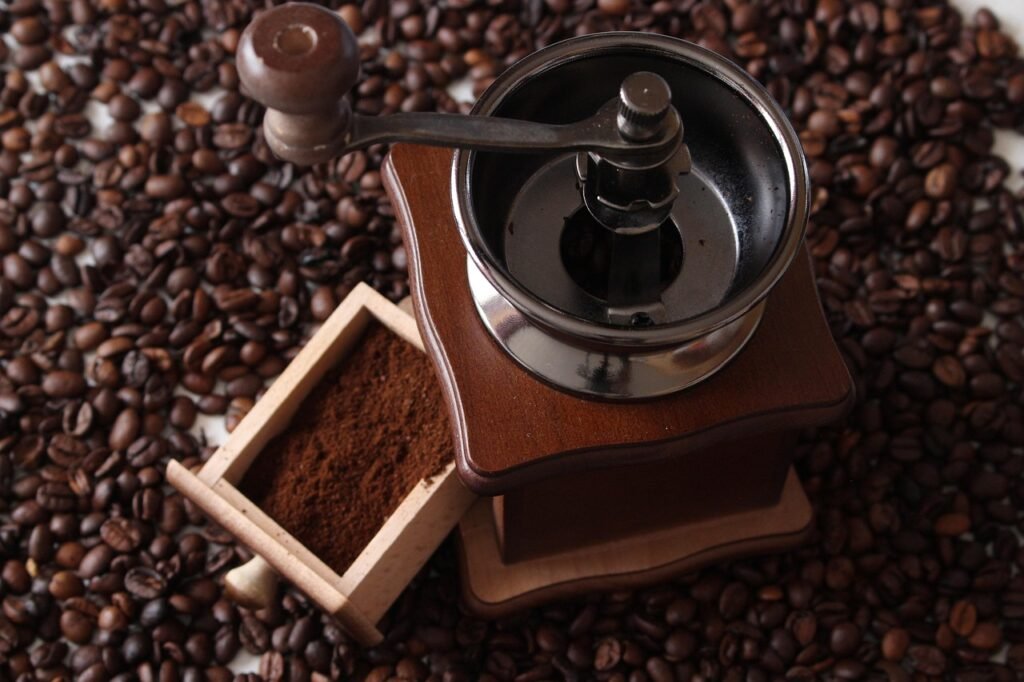
Introduction Independent cafes win when they feel like the neighborhood’s living room and operate with the discipline of a great kitchen. Below is a quick
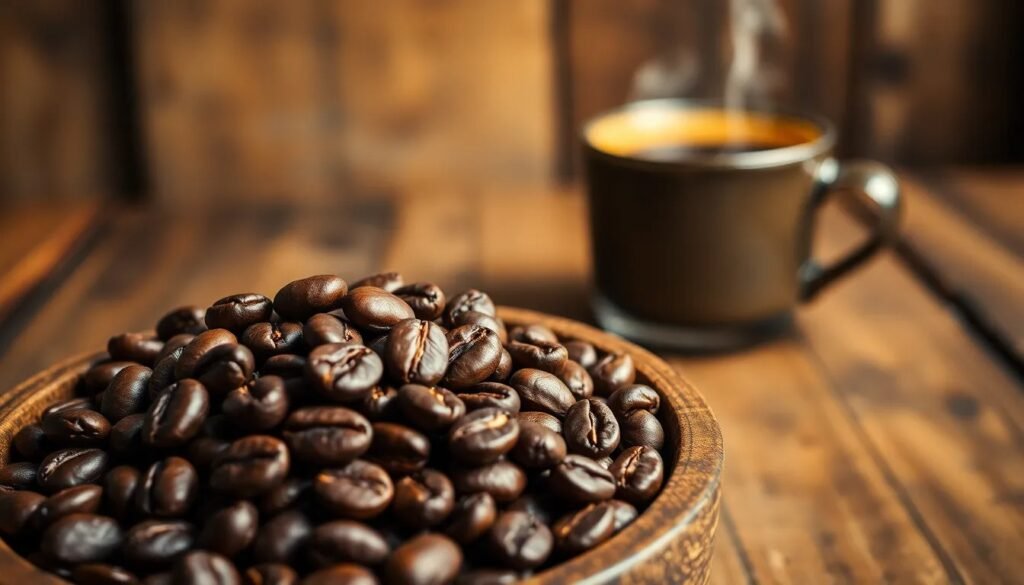
Discover how top specialty coffee brands create lasting loyalty through storytelling, sourcing, and community connection. Real tips from 6 industry experts.

Discover the ultimate showdown between two beloved coffee brewing methods: the French press and Chemex. Explore how each technique caters to distinct palates, with the French press delivering bold flavors and the Chemex presenting a bright, clean taste.

Unlock the secrets to brewing the perfect cup of coffee with our comprehensive guide on using a coffee scale. Discover how precise measurements enhance flavor and consistency while eliminating bitterness.

Discover how water temperature plays a vital role in brewing the perfect cup of coffee. This article delves into the ideal temperature range of 195°F to 205°F for optimal flavor extraction, enhancing the enjoyment of high-quality beans.

Discover the world of curated specialty coffee bundles, perfect for enthusiasts seeking quality and craftsmanship. This article explores the benefits of ethically sourced, small-batch beans from brands like Equipoise Coffee, offering diverse flavor profiles that elevate your brewing experience.

Discover the art of manual brewing to elevate your coffee experience! This article explores various techniques like pour-over, French press, and AeroPress, revealing how they enhance flavor and your connection to every cup.